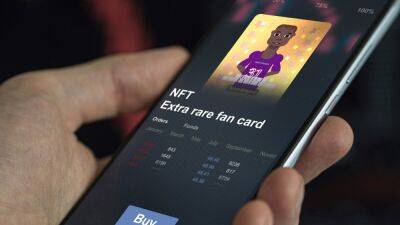Indonesian government looks to NFTs to preserve cultural heritage
One of the primary benefits of blockchain technology is the ability to record and capture information in a permanent, tamper-proof record. Once data is on a blockchain network, it cannot be altered, making it an ideal solution for record-keeping.
Tokenized assets, such as nonfungible tokens (NFTs), can also be placed on a blockchain. This can verify ownership while demonstrating that certain events occurred at particular times. For example, the Meta History Museum tokenized data from the war in Ukraine in May 2022, placing the information on a blockchain network to preserve records of the war.
Ensuring that specific events take place is also becoming more important than ever due to the rise of artificial intelligence (AI) and its ability to generate deep fakes, along with historical images that may appear realistic.
Preserving information using decentralized technologies is gaining traction. For instance, Muhammad Neil El Himam, deputy chairman for digital economy and creative products in Indonesia’s Ministry of Tourism and Creative Economy, told Cointelegraph that he recently formed a partnership with Quantum Temple — a technology company using NFTs for preservation — to help maintain the country’s cultural heritage. Himam explained that NFTs could ensure that heritage can be preserved and created without limits:
Linda Adami, CEO of Quantum Temple, told Cointelegraph that her firm developed a multichain NFT marketplace to bring cultural heritage and tourism to the Ethereum and Algorand blockchain networks. Adami explained that the platform is working closely with Indonesia’s Ministry of Tourism and Creative Economy to tokenize tangible and intangible cultural heritage as unique digital assets.
Recent: The secret of
Read more on cointelegraph.com
















